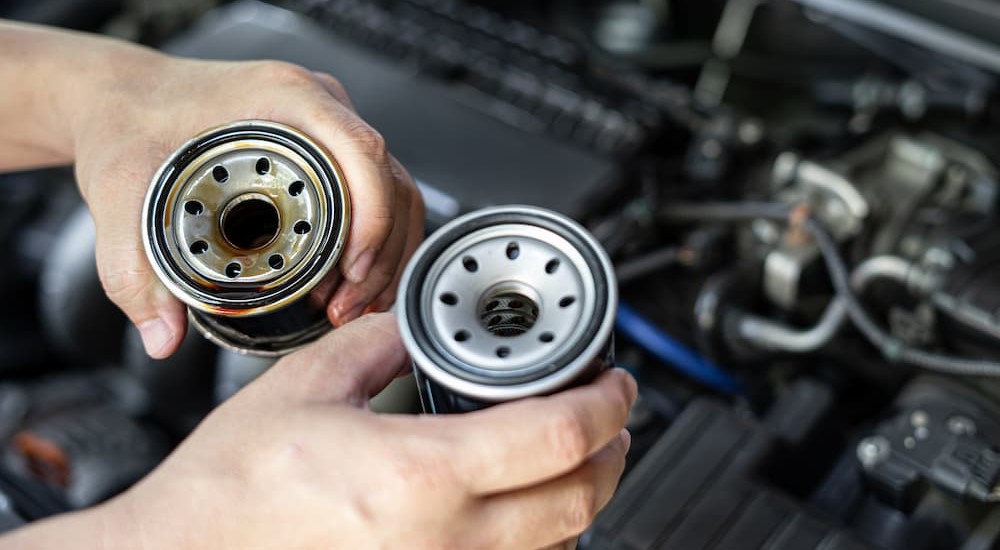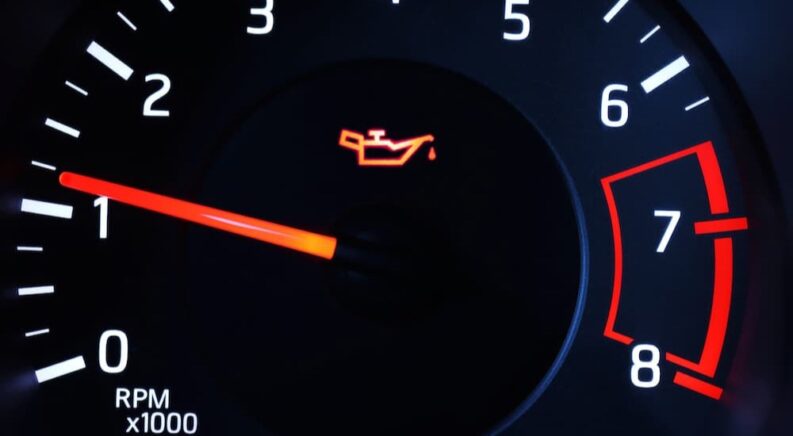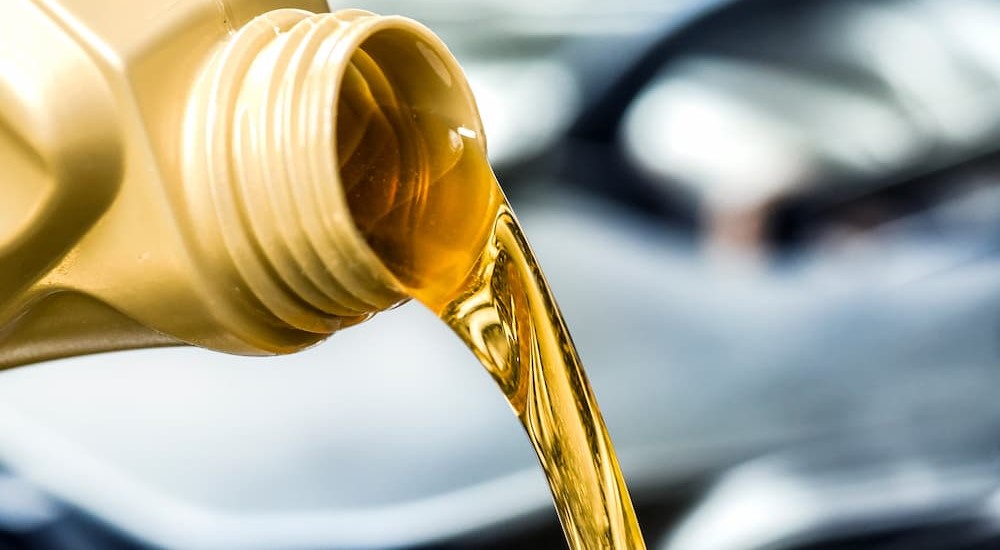Oil Starvation: The Preventable Disaster
I don’t really know what triggered your need to learn about this, but it doesn’t matter. Either something gave you the heebie-jeebies and sent you looking for the causes of oil starvation so you can avoid them, or something terrible has already happened to your car, and you’re trying to understand why. In either case, my condolences. Let’s just get right into it.
How Does Oil Starve?
Oil starvation is what happens when a normally-lubricated component is not, when the component’s protective layer of oil or grease dries up or disappears. When lubricated parts are no longer lubricated, several key performance characteristics are completely transformed. Trying to operate a machine under these conditions is guaranteed to cause damage ranging from Av shortened component lifetime to immediately catastrophic. Oil starvation can be the root cause of some of the worst problems your prized automobile could suffer.
So What Causes Oil Starvation?
There’s more than a handful of ways that your previously-immaculately-oiled system could lose its lube. They boil down to a few categories of causes:
- No oil at the pickup tube
- Blocked plumbing
- Mechanical failure
- Environmental conditions
No Oil at the Pickup Tube
Inside your engine, an oil pump creates low pressure in a pickup tube. Air pressure from outside of the tube pushes oil up the pickup tube to the pump. The pump forces oil through tubes and channels where it reaches the components that require lubrication. Then the oil essentially drips and flows under force of gravity back towards the oil pan.
If, however, the pickup tube is not submerged in oil, only air will flow up into the oil pump and into the lubrication system. If this goes on for long enough (and it won’t take long), the system will run dry. While air has its uses as a lubricant in specially-designed systems such as air bearings, most components are intended to be coated in a dense and viscous fluid like oil, and will not perform under these conditions.
Even if the pickup tube is only being exposed to air intermittently, it can cause problems. The air which gets in the system will serve to aerate the oil, changing its performance significantly. Pockets of free air will make the oil “compressible,” impinging the pump’s ability to generate flow. Entrapped air, appearing as bubbles, changes oil’s fluid properties such as density and film strength, which can lead to starvation even though the correct amount of oil is being supplied. Oil can also become foamy under certain circumstances, usually related to contamination, at which point it may as well be completely absent. The effective level in the oil pan drops, losing almost all heat extraction capabilities. It will likely fail to maintain effective films or sprays, essentially removing all of the lubricant’s original benefits.
Preventing these “dry suction” conditions is a key aspect of oil pan design. Using a deep and short trench in the pan to minimize sloshing, or using baffles to achieve a similar effect, helps keep the pickup tube immersed even under extreme acceleration, braking, or cornering conditions. Another design-related cause could be poor drainback management. If the system isn’t designed correctly, the pump could draw oil out of the pan faster than it can drain back, and soon enough there could be nothing left in the sump. Fortunately, these aren’t causes you need to worry about in modern vehicles, thanks to continuously improving design practices. Even older or heavily modified vehicles should avoid this cause, as long as enough oil is present.
This brings us to the real root cause of a dry pickup tube: a low oil level. Yikes! At least this condition isn’t too hard to avoid. With regular oil changes every 5,000-odd miles and at least twice a year, you or your mechanic will notice most oil level problems before they become catastrophic. Before starting the engine, a quick check of your oil level with the dipstick is an easy preventative measure if you suspect you have a problem. You’ll immediately diagnose a low level issue, and can assess whether oil is burning or leaking out by recording the level at frequent intervals between oil changes.

Blocked Plumbing
There are so many ways to ruin a perfectly plumbed system and cause massive problems that there’s a reason that plumbers are such essential tradespeople. The plumbing of an automotive lubrication system is designed based on a certain level of resistance to flow. Mess with that and you mess with the ability of the oil pump to circulate oil effectively. Some of the ways to block plumbing include, but are not limited to:
- Kinking, bending, or denting a line
- Deposit build-up
- Gasket issues
- Filter issues
A damaged oil feed line could easily cause a problem. This is especially true for a turbocharger, and doubly so for an aftermarket unit. Regularly inspect your feed lines to make sure they’re smooth and devoid of sudden redirections. Give those lines a good, hard look if you’re concerned that you’ve torched your turbo with a starvation event. It shouldn’t be too hard to diagnose if a kinked line is the source of your problems.
Another problem disrupting the flow could be deposit build-up. Carbon deposits, known as “coking,” create the lubrication equivalent of a heart attack by stopping flow or interfering with spray nozzles. Excessive temperatures can cause coking, so there’s a chance that this is a follow-on effect to ineffective lubrication elsewhere. If you’re doing aftermarket work, don’t neglect your cooling and protect your lines from exposure to extreme heat.
There are other causes of blockages which are easy to prevent with a bit of care. If you do your own oil plumbing work, ensuring that the gaskets are of the right design and are installed properly (without using silicone, which can squeeze into and block the line) will help avoid a disastrous development right from the get-go. Of course, having the wrong filter or a seriously overloaded one could get you into tons of trouble, so don’t skimp on your oil filter research if you’re handling this yourself, and change it at least once a year.

Mechanical Failure
The most obvious mechanical failure that could result in oil starvation is the failure of the oil pump. If the heart of the system stops beating, the lifeblood stops flowing. This isn’t a common failure, but if you have the means to check for low oil pressure in combination with raised temperatures, you could be the “lucky” victim of a worn or failing oil pump. There’s little to nothing you can do to prevent this, but at least it can be diagnosed fairly easily, and hopefully replaced before starvation occurs.
Another mechanical failure which could cause oil starvation in very specific areas is dribbling fuel injectors. If the fuel injectors are misbehaving, wayward fuel can actually wash oil off the inside of the cylinders. There are few places where oil starvation could be more damaging than at the interface of piston and cylinder, so maintaining good fuel injector health will provide more benefits than optimal efficiency and steady engine performance.
Those of us who have vehicles that see infrequent use should also be aware of the opportunity for lubrication to drain away from the places we want it to be. Extended periods of sitting can allow an engine to literally dry out. If the oil pump doesn’t redistribute the oil fast enough, you can have a serious starvation event when restarting that long-idle motor, a mechanical failure of the system ultimately due to neglect.
Environmental Conditions
The environment can also play a role in creating starvation. A vehicle sitting idle for a long time and allowing all the oil to drain back into the pan becomes even more likely in extremely hot conditions. That’s because heat reduces the oil’s viscosity, loosening it up and allowing it to drain more easily. Nothing kills an engine or a turbo faster than running it dry, so if you have a car that doesn’t see regular runtime, take extra care to prep it before firing it up.
At the other extreme, severe cold can lead to starvation if the oil in place isn’t prepared to deal with it. Different oils are developed for different climates, and the wrong oil in freezing cold can thicken beyond the point of usefulness. Cold, non-viscous oil makes it harder for an engine to start. Once it does start, that thick lubricant will resist being drawn up the pickup tube and could starve out the distribution system. Components which move through wet oil sumps to keep them lubricated may just carve a rut in the thick oil instead, and effectively run dry until the system warms up. Choose your oil carefully, and if extreme cold is common in your area, you can also use a garage or block heater to minimize the risk of suffering deep freeze damage.
Starving for Lubrication?
Oil starvation is one of those things that you really, really don’t want to have happen to you. It’s also quite unlikely, except in extreme circumstances or cases of serious aftermarket work (such as turbocharging), but those extreme circumstances can create extreme damage if lubrication isn’t given its proper due. Critical for minimizing friction and wear, dissipating heat, preventing corrosion, and removing contamination, providing the right amount of the right lubricant is essential to operating any engine for more than a few seconds. Whether you’re an aftermarket enthusiast looking to prevent or diagnose a catastrophic failure, or just a concerned daily driver wondering how to protect your ride, when it comes to maintaining your vehicle, never forget the lube!


